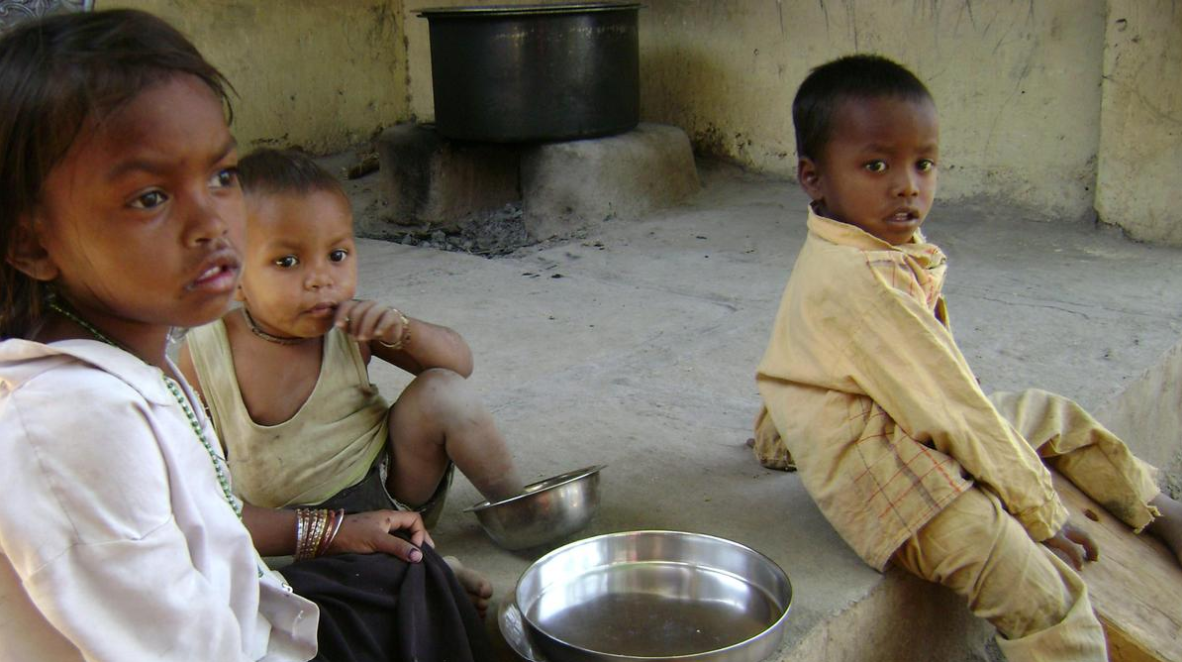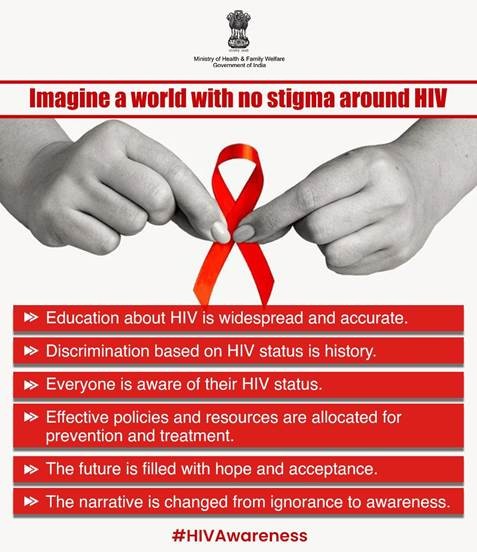



Malnutrition in India remains a pressing public health challenge, affecting children, pregnant women, and vulnerable populations, especially in tribal and remote areas. It manifests as undernutrition—including stunting, wasting, underweight, and micronutrient deficiencies—as well as the rising problem of overnutrition. Despite initiatives like POSHAN Abhiyaan, ICDS, Anemia Mukt Bharat, and food fortification programs, gaps in implementation, healthcare access, infrastructure, and community awareness persist. Evidence shows that targeted interventions in high-risk areas, maternal nutrition support, technology-enabled monitoring, and community engagement are critical to reducing malnutrition and improving overall health outcomes.

Copyright infringement not intended
Picture Courtesy: The Hindu
The persistence of infant deaths in Melghat, a tribal-dominated region in Maharashtra, is a complex issue rooted in both systemic and socio-cultural factors. Despite three decades of government interventions, malnutrition and maternal health challenges continue to claim lives among the Korku tribal communities.
|
Must Read: MALNUTRITION IN INDIA | CHILD MALNUTRITION: JOINT CHILD MALNUTRITION ESTIMATES | Stepping out of the shadow of India’s malnutrition | |
Malnutrition refers to an imbalance in nutrient intake—either deficiencies or excesses—or impaired nutrient utilization in the body. It affects overall health, growth, and development.
Wasting
Stunting
Underweight
Micronutrient Deficiencies
Picture Courtesy: NDTV
Severe malnutrition and maternal undernutrition
Limited access to healthcare
Fragmented government programmes
Prevalence of co-morbidities
Socio-cultural factors
Infrastructure and civic deficits
|
Initiative / Scheme |
Launched |
Objective |
Target Group |
Key Features |
|
POSHAN Abhiyaan / Mission POSHAN 2.0 |
2018 (POSHAN 2.0: 2022) |
Improve nutritional status of children, adolescent girls, and pregnant & lactating women |
Children (0–6 yrs), adolescent girls, pregnant & lactating women |
Convergence of schemes, real-time monitoring (Poshan Tracker), Jan Andolan for awareness, capacity building, supplementation & behaviour change |
|
Integrated Child Development Services (ICDS) |
1975 |
Early childhood care & nutrition |
Children (0–6 yrs), pregnant & lactating women |
Supplementary nutrition, preschool education, health check-ups, immunization, referral services via Anganwadi centres |
|
Anaemia Mukt Bharat (AMB) |
2018 |
Reduce anaemia prevalence |
Children (6–59 months), school children (5–9 yrs), adolescents (10–19 yrs), women (15–49 yrs), pregnant & lactating women |
Iron-Folic Acid supplementation, deworming, diet counselling, anaemia testing, food fortification, digital monitoring |
|
Food Fortification Programmes |
2016–present |
Combat micronutrient deficiencies |
General population, especially vulnerable groups |
Fortification of staples (rice, wheat, milk, edible oil) with iron, folic acid, vitamin B12, vitamin A; integration with PDS, ICDS, and Mid-Day Meal |
|
National Food Security Act (NFSA) |
2013 |
Ensure food security & nutritional support |
Eligible households under PDS |
Subsidized food grains; linked with ICDS & Mid-Day Meal for nutritional outcomes |
|
Nutritional Rehabilitation Centres (NRCs) |
2010s |
Manage severe acute malnutrition (SAM) |
Severely malnourished children |
Therapeutic food, medical care, follow-up & counselling for caregivers |
|
Mid-Day Meal Scheme |
1995 (revised 2004) |
Improve child nutrition & school attendance |
School-going children (6–14 yrs) |
Hot cooked meals in schools; provides calories & proteins; links with micronutrient supplementation |
Strengthen Convergence Across Departments: Malnutrition interventions often fail due to fragmented execution. Convergence of health, women & child development, tribal welfare, rural development, and public works departments is critical. Example: In Odisha’s Mission Shakti project, coordination between ICDS, health, and panchayat departments improved supplementary nutrition delivery and growth monitoring, reducing child stunting by 5% in target districts over five years.
Focus on Tribal & Hard-to-Reach Areas: Remote areas like Melghat (Maharashtra) or Jawadhu Hills (Tamil Nadu) face high infant mortality due to geographic isolation. Deploy mobile health units, strengthen village-level Anganwadi centers, and offer incentives for doctors to serve in these regions.
Address Intergenerational Malnutrition: Maternal undernutrition leads to low birth weight and perpetuates malnutrition cycles. Programs must provide pre-pregnancy and antenatal nutrition, including micronutrients. Example: The Anemia Mukt Bharat initiative, coupled with community counselling in Rajasthan, improved maternal hemoglobin levels by 12% over three years, reducing incidence of low-birth-weight babies.
Leverage Technology for Real-Time Monitoring: Growth monitoring, SAM case tracking, and supplementation delivery often fail due to delayed data. Example: The Poshan Tracker in Maharashtra allows tracking of malnourished children at village level; in districts where it is actively used, treatment completion rates for SAM children increased from 60% to 85%.
Malnutrition in India remains a persistent challenge, especially among children, pregnant women, and tribal communities, due to a combination of undernutrition, micronutrient deficiencies, and socio-economic disparities. Despite multiple government initiatives like POSHAN Abhiyaan, ICDS, and Anemia Mukt Bharat, gaps in implementation, infrastructure, and convergence continue to limit impact. Sustainable progress requires targeted interventions in vulnerable regions, strengthened healthcare and nutrition systems, community engagement, and data-driven monitoring, ensuring that both mothers and children receive timely and adequate nutrition.
Source: The Hindu
|
Practice Question Q. Which of the following is/are the indicators/ indicators used by IFPRI to compute the Global Hunger Index Report? 1. Undernourishment 2. Child stunting 3. Child mortality Select the correct answer using the code given below: (a) 1 only Answer: c The Global Hunger Index (GHI) is calculated using four key indicators: 1. Undernourishment – the proportion of the population that is undernourished (insufficient caloric intake). 2. Child undernutrition: o Child wasting – low weight-for-height (acute malnutrition) o Child stunting – low height-for-age (chronic malnutrition) 3. Child mortality – under-five mortality rate, reflecting fatality due to hunger-related causes. |
Malnutrition is a condition resulting from deficiencies, excesses, or imbalances in a person’s intake of nutrients. It includes undernutrition, micronutrient deficiencies, and overnutrition (obesity).
The main forms include:
The GHI is a tool published by IFPRI to measure and track hunger at global, regional, and national levels. It combines undernourishment, child stunting, child wasting, and child mortality to provide a composite score.







© 2025 iasgyan. All right reserved